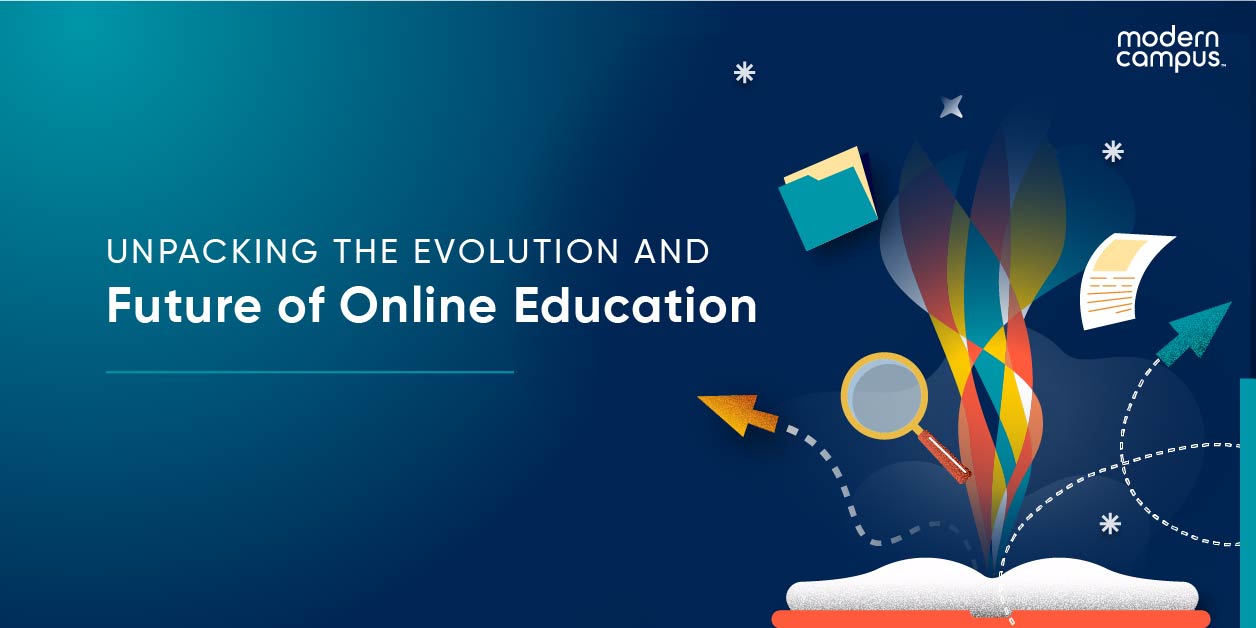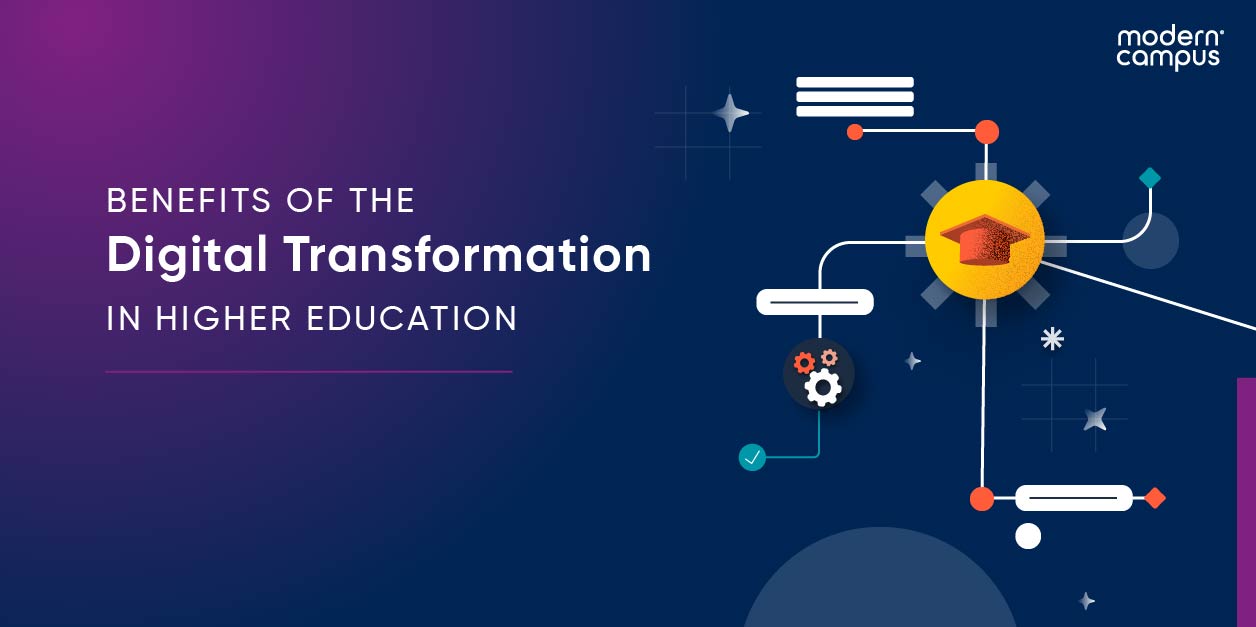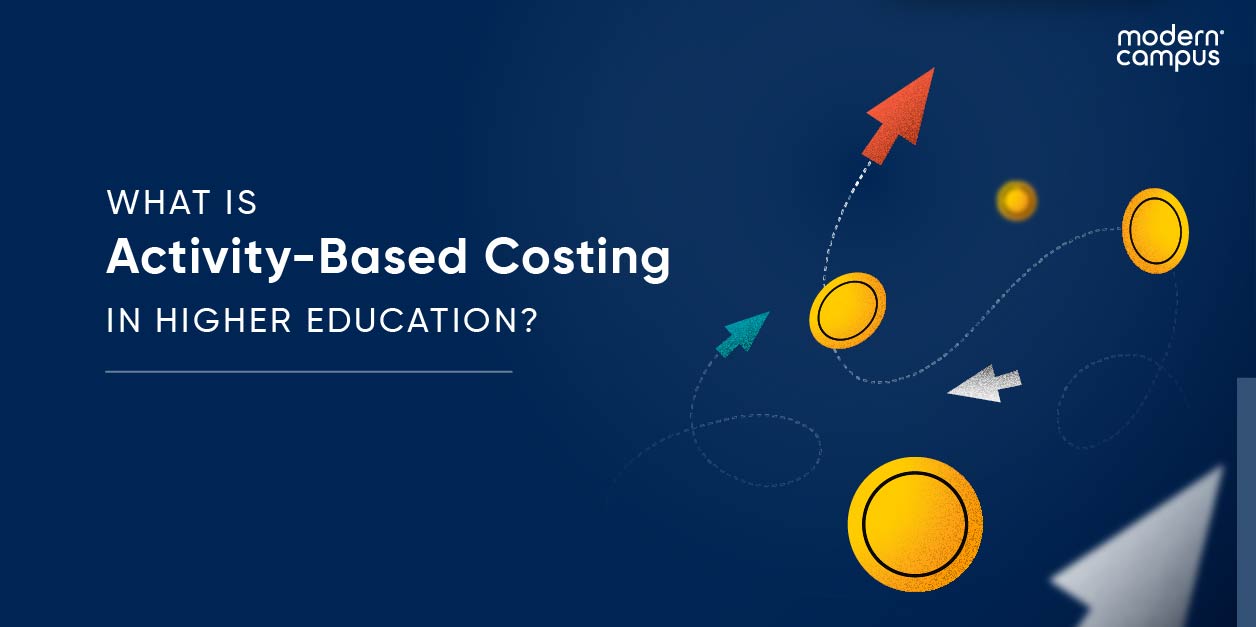Content Management Systems for Higher Ed: An Easy Q&A
CTA = ULTIMATE GUIDE DOWNLOAD
There’s a lot to keep in mind when choosing the right higher ed content management system (CMS). To help you make an informed decision, we’ve identified the most important questions to ask before you buy, including:
- How much will a higher ed content management system cost?
- Should I choose an open source content management system for my higher ed institution?
- Can I migrate data from an old web content management system to a new one?
- What is the most essential feature for a college content management system?
- Who needs to be involved in choosing a college’s content management system?
- SaaS or self-hosted: Which is best for my higher ed content management system?
A CMS is the backbone of your higher ed website and, as such, should be one of the most important decisions you make. Like any major purchase, look beyond price and appearance so that you choose a flexible, extensible CMS that meets your college or university’s website needs now and tomorrow.
How much will a higher ed content management system cost?
Cost is always at the top of the list. The main pitfall that schools make is to see the upfront costs of a CMS rather than considering all costs associated with a system.
To determine the real price, think about the following:
- System Costs: Don’t go by upfront fees alone—make sure you ask for initial costs and licensing fees as well as fees for the lifetime of the CMS. While a quality provider will state these clearly up front, some commercial CMS vendors will not discuss hidden fees until after you’ve signed the contract. Likewise, an open source CMS is free upfront, but essential add-ons and fees can quickly add up to as much—or more—than a commercial system. For example, commercial plugins or modules for WordPress or Drupal require license fees. You’ll need to pad your budget as best you can with these unexpected costs when trying to estimate the overall long-term price of an open source CMS.
- Configuration Costs: The price of a CMS should include initial costs for configuration. For an open source product, you’ll need to figure in the time costs for your IT team to get your new CMS up and running, or fees for hiring new talent or contractors who can help.
- Maintenance Costs: Some content management systems don’t include maintenance and that’s fine as long as you have the employees who are IT experts to keep your CMS up to date, address security issues, maintain plugins/modules, add and manage users, and build enhancements. If you’d rather rely on experts to do this, choose a CMS provider that includes maintenance as part of the CMS package, and who can step in with expertise when needed.
- Hosting Costs: Whether you maintain your own hardware or contract cloud-based hosting, you’ll pay ongoing costs to keep your CMS running and your site online. With a higher ed solution like Omni CMS, software-as-a-service (SaaS) deployment offers a cost-effective solution for hosting the CMS and maintenance alike—we ensure optimal uptime and push updates automatically.
- Design/Content Costs: Keep in mind that CMS software and support are only part of the overall website budget picture. If you’re redesigning your site, your most significant expenses will be discovery, architecture, visual design, and HTML/CSS development. Once it’s up and running, you’ll want to make ongoing investments in content development. Your choice of CMS can have some bearing on these costs. For example, if you choose a system that’s easy for users to learn and manage, you’ll spend less on training and day-to-day tasks.
- Do-Over Costs: Configuring, customizing, and maintaining an open source CMS can be complicated, and mistakes aren’t easy—nor cheap—to fix. Whether you find yourself changing systems or sticking with the same platform, correcting major errors can mean virtually starting from scratch. You want to get it right the first time.
Before making an investment, check out Omni CMS to see how our comprehensive services for implementation, maintenance, and support designed especially for the higher education community can meet your needs—and budget.
Should I choose an open source content management system for my higher ed institution?
Open source has advantages:
- It is widely adopted.
- There are thousands of modules and plugins to add functionality.
- It can be updated on your own schedule.
- There are large developer communities.
- There are third-party support services.
However, an open source CMS isn’t a one-size-fits-all solution, and those attractions are often downfalls of the software in disguise. There are times when choosing commercial software is not only a better fit for your institution, but can be more efficient and affordable.
The disadvantages of open source include the following:
- It’s vulnerable to malicious viruses and cyberattacks.
- Support is an added cost.
- It is not as user-friendly as some commercial CMS products.
- There are no automatic updates, so someone on your team will need to stay abreast of updates and maintenance.
- It’s not tailored to meet the specific needs of higher education.
- You’ll need someone to customize the CMS, design, and templates for the CMS to meet your college or university’ specific needs.
Jason Cash, Director of Web Communications at Hope College in Holland, Michigan, found that the frustrations of using an open source CMS negated any benefits the software offered. “Very little of our experience [using open source] was good,” Cash said. “We could force the system to do what we wanted, but because we didn’t have that expertise in house, it was difficult for us to balance what we needed with everything else we were trying to do at that time.”
Can I migrate data from an old web content management system to a new one?
Yes. In fact, a quality CMS will include a content migration tool and have an experienced team to help you. For example, here at Modern Campus, our migration team has encountered just about every migration scenario known to pop up, so they can knowledgeably guide you through each step of the migration process.
There are several proactive steps you can take to simplify the migration process:
- Read the documentation. A quality CMS will provide extensive documentation and training resources.
- Understand that some processes require manual checks. Each web page has a unique URL structure, but when moving content, relationships between pages can break links to other pages, code, styles, and assets with no apparent reason.
- Don’t scrimp on time. A comprehensive CMS migration can take weeks of content clean up and upfront technical work. However, if you invest in the time needed to do it right, you will have far fewer glitches during and after migration.
- Avoid shortcuts. Resist the urge to save time by migrating the existing site as is into a new CMS. This only brings your existing problems with you.
- Conduct a content inventory on your existing system. Besides clearing away outdated pages, an inventory provides you with a detailed list to ensure that all relevant content is migrated. It also provides valuable information for architecture purposes because you can compile and group similar content, organizing it so that it is easy to follow.
- Review SEO. Your sitemap is altered when content is revised, deleted, and moved, which can lead to a decrease in traffic to your site. When you migrate to a new CMS, use automated redirects to help with this process.
What is the most essential feature for a college content management system?
Customer Support. It’s hard to manage a CMS on your own, so make sure that when you choose a solution that you also give special consideration to the solution provider’s customer service. Here at Modern Campus, we pride ourselves on our service and offer support in several ways:
- We offer onsite and remote training opportunities that are customized for your institution’s end users, administrators, trainers, or developers.
- Our learning management system offers self-paced classes, videos, and quizzes. You can create your own materials or use Omni CMS materials to educate your users.
- Access our support site and knowledge base 24/7 to learn about features and functionality and get answers quickly. The Feedback Forum allows customers to submit, comment, and vote on CMS feature requests.
- Our Professional Services team fills the gap in manpower resources for your college or university. Our experts can create custom templates, provide navigation schemas, coding, and scripting to help you make your website unique.
- Engage with your peers and Modern Campus staff in our online community featuring discussion forums, videos, classified listings, and more.
Don’t overlook an important step in choosing a CMS. Follow our CMS evaluation checklist by downloading the comprehensive white paper Choosing a Web CMS: Laying the Foundation for a Redesign.
Who needs to be involved in choosing a content management system for higher ed?
Putting together a selection committee is your first step in choosing a CMS. Basically, select one person from each different group that will use the CMS: content contributors, IT, administrators, marketers, trainers, end users, and compliance/accessibility experts. It also helps to include someone from finance who can be an ally in helping secure funding for the project.
It may be that you have broad authority to make the selection on your own, but at least solicit feedback from stakeholders to ensure buy-in once you have the CMS implemented.
SaaS or self-hosted: Which is best for my higher ed content management system?
Comparing self-hosted and SaaS software? Software as a Service has become the preferred method for software delivery across industries for a number of reasons. Your connection is secure, data is safely stored in the cloud, data can be accessed at any time, and the CMS provider’s tech team manages updates and system maintenance for you. SaaS also offers lower up-front costs since you don’t have to worry about purchasing, installing, or hosting software. And there are no costs for maintaining, securing, and replacing hardware.
Conclusion
Anytime you try something new, there is a learning curve. The same is true for choosing a college content management system. However, if you choose a quality solution like Omni CMS, you’ll have a powerful tool to wield as you create a dynamic, personalized website and a team of experts on your side to guide you through implementation and beyond.
Thousands of higher ed professionals use Omni CMS as the backbone of their website. Get a demo to see this powerful CMS in action.
Request a demo today
Last updated: February 5, 2021


